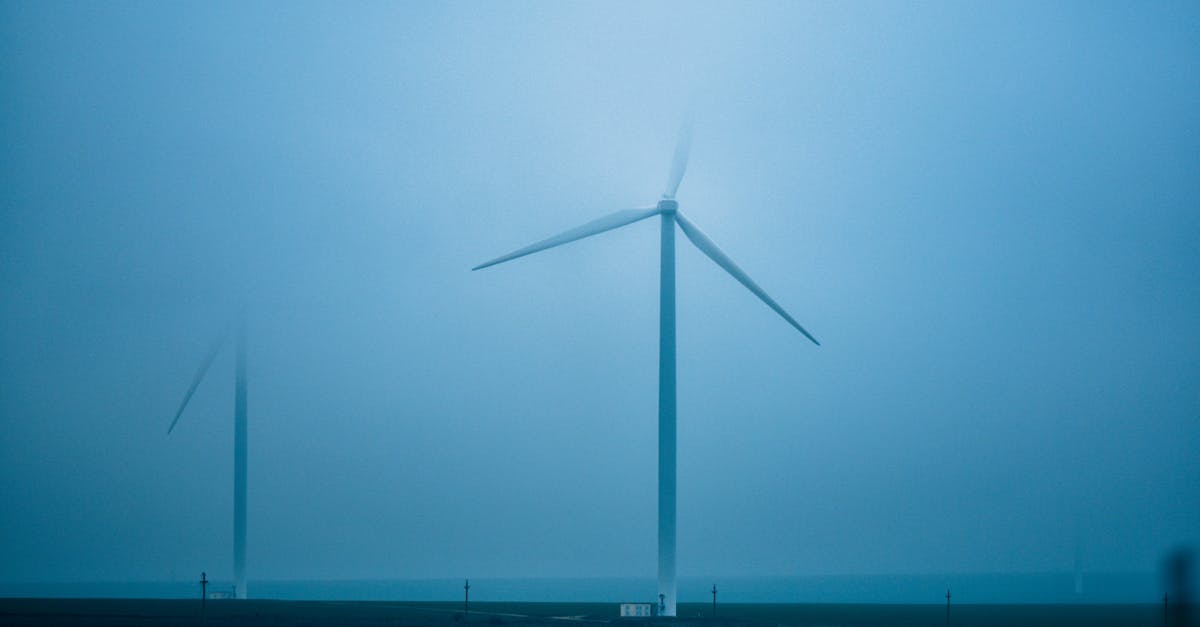Atmospheric Water Generation: Unveiling the Magic of Water from Air

Have you thought about how amazing it would be to have a device that can magically generate water from thin air? Think no more! Atmospheric water generators (AWGs) are here to quench your thirst for innovation and provide you with an alternative source of pure and clean drinking water.
Step into the fascinating world of AWGs, where the secrets of extracting water from the very air around us are unveiled. With their ability to operate in arid regions and provide supplemental water sources in homes and businesses, AWGs are revolutionizing the way we access this life-sustaining resource.
Thank you for reading this post, don't forget to subscribe!
As we delve into the intricacies of AWGs, we’ll explore the factors that influence their water production rates, unravel their applications, and help you make an informed choice when selecting the perfect AWG for your specific needs.
1. Understanding Atmospheric Water Generators: How They Work and What to Expect
Step into the captivating world of atmospheric water generators (AWGs), where the boundaries of innovation are pushed to bring you water from the very air we breathe. Understanding how AWGs work is like embarking on a scientific adventure, unraveling the secrets of extracting pure, clean water from the atmosphere.
AWGs operate on a simple yet ingenious principle. They mimic the natural process of condensation by cooling warm, humid air below its dew point, causing water vapor to condense into liquid water. This condensation process is made possible by a clever combination of fans, heat exchangers, and refrigerants. As the humid air passes through the AWG, it is cooled, and the water vapor condenses on the cold surfaces of the heat exchanger. The condensed water is then collected and stored for your use.
AWGs offer a promising solution for regions facing water scarcity or as a supplemental water source in homes and businesses. However, it’s important to understand their limitations. AWGs are highly dependent on humidity levels, so they may not be suitable for arid regions with low humidity. Additionally, AWGs can be energy-intensive, so it’s essential to consider their operating costs before investing in one.
2. Water Production Rates: Factors Influencing Performance
Unveiling the secrets behind the water production rates of atmospheric water generators (AWGs) is like embarking on a journey of discovery, where humidity, temperature, air flow, and generator size play starring roles.
Humidity takes center stage in the AWG performance. The higher the humidity, the more water vapor is available in the air, leading to increased water production. AWGs thrive in humid environments, where they can extract more water from the air. Temperature also plays a crucial role. Warmer air holds more water vapor, so AWGs tend to produce more water in warmer climates. However, extremely high temperatures can reduce the efficiency of the condensation process.
Air flow is another key factor. A steady flow of humid air through the AWG ensures a continuous supply of water vapor for condensation. Proper ventilation and positioning of the AWG are essential to maximize air flow and, consequently, water production. Last but not least, generator size directly impacts water production rates. Larger AWGs with more powerful fans and heat exchangers can process more air, resulting in higher water production. However, it’s important to find the right balance between generator size and your specific water needs.
3. Choosing the Right Atmospheric Water Generator for Your Needs
Selecting the perfect atmospheric water generator (AWG) for your needs is like finding the missing piece to your water-wise puzzle. Capacity, energy consumption, and maintenance requirements take center stage in this decision-making process.
Capacity, measured in liters per day, determines how much water the AWG can produce. Consider your daily water needs and choose an AWG that can meet or exceed your requirements. Energy consumption is another crucial factor. AWGs can vary in their energy efficiency, so it’s wise to compare energy ratings before making a choice. Lower energy consumption means lower operating costs, making it a budget-friendly option in the long run.
Maintenance requirements should also be on your radar. AWGs generally require minimal maintenance, but some models may need more frequent filter changes or cleaning. Opt for an AWG that fits your lifestyle and maintenance preferences. Remember, the right AWG is the one that aligns with your specific water needs, energy consumption goals, and maintenance preferences.
4. Applications and Benefits of Atmospheric Water Generators
Atmospheric water generators (AWGs) are like water-producing superheroes, offering a range of applications that span from life-saving to convenience-enhancing. In arid regions, AWGs can provide a reliable source of clean drinking water, transforming the lives of communities facing water scarcity. They can also supplement water sources in homes and businesses, reducing reliance on traditional water supplies and promoting water conservation.
AWGs have made their mark in disaster relief efforts, providing emergency drinking water in areas affected by natural disasters or conflicts. Their ability to generate water from the air makes them invaluable in situations where traditional water sources are compromised. Additionally, AWGs can be used in remote locations, such as off-grid cabins or boats, providing a sustainable water supply where access to clean water is limited.
The benefits of AWGs extend beyond their practical applications. They promote water independence, reducing reliance on external water sources and empowering communities to take control of their water security. AWGs also contribute to environmental sustainability by reducing the consumption of bottled water and the associated plastic waste.
How much water can I expect to get from an AWG?
The water production rate of an AWG depends on several factors, including humidity, temperature, and generator size. In general, AWGs can produce between 0.25 and 5 gallons of water per day.
Can AWGs operate in all climates?
AWGs are most effective in humid climates with temperatures between 50°F and 95°F. In dry climates, AWGs may produce less water or require additional humidification.
How often do AWGs need maintenance?
AWGs generally require minimal maintenance. Most models only need their filters cleaned or replaced every few months.
Are AWGs energy-efficient?
The energy consumption of AWGs varies depending on the model and size. Some AWGs use as little as 1 kWh of electricity per gallon of water produced.
What are the environmental benefits of using AWGs?
AWGs reduce reliance on traditional water sources, which can help conserve water and reduce the environmental impact of water extraction and transportation.




